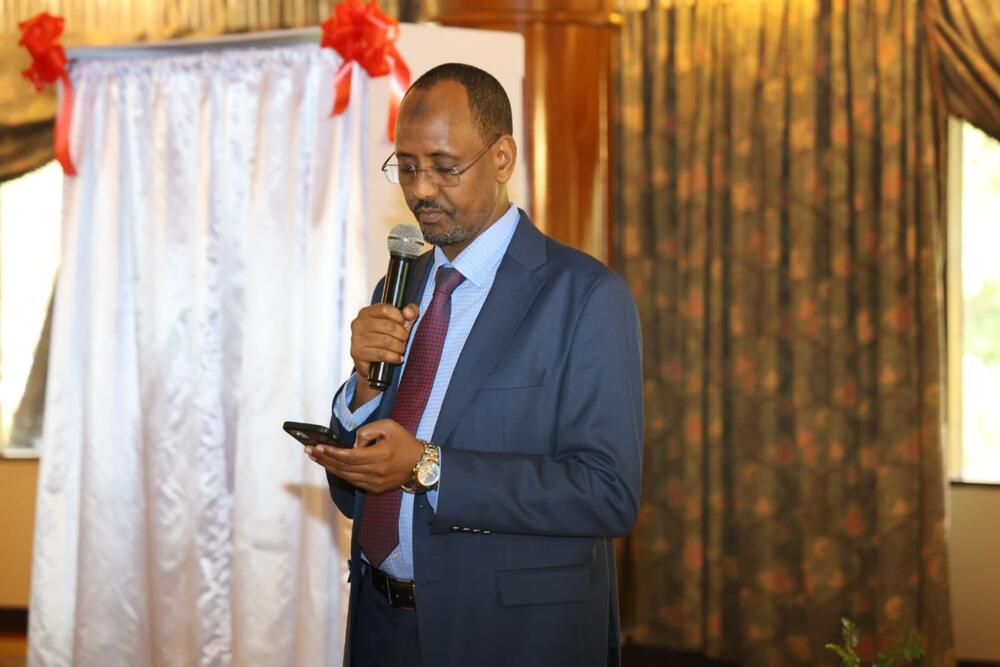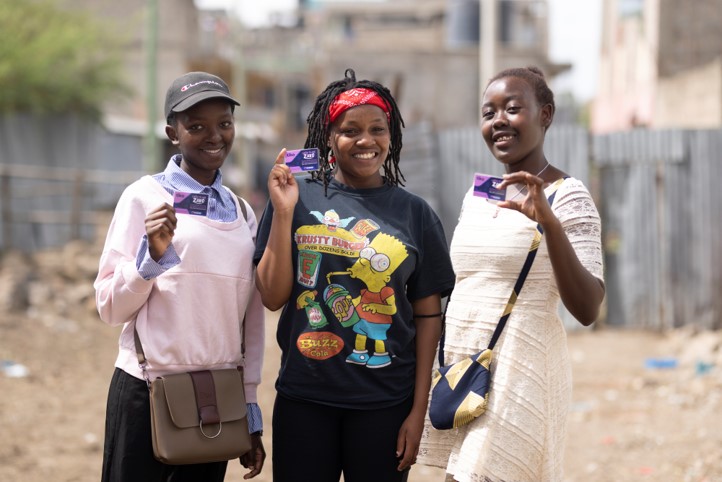Updates
Launch of First Adolescent Sexual and Reproductive Health Development Impact Bond in Kenya
05 Oct 2023
Updates
05 Oct 2023
The UN in Kenya, led by UNFPA, UNAIDS, WHO, and the SDG Partnership Platform, in collaboration with the Government of Kenya, a global non-profit organization Triggerise, the Children's Investment Fund Foundation (CIFF), and Bridges Outcomes Partnerships recently announced the roll-out of a groundbreaking $10.1 Million (USD) Development Impact Bond (DIB) for adolescent sexual and reproductive health (ASRH) in Kenya. This innovative Bond will fund the delivery of high-quality, adolescent and youth-friendly sexual and reproductive health services, including HIV testing and treatment, to adolescent girls aged 15-19.
Kenya experiences significant challenges with teen pregnancy and new HIV infections among adolescents. One in six adolescent girls between 15 and 19 years has ever been pregnant. In 2022, an estimated 7,307 new HIV infections occurred among adolescents and young people aged 15-24, accounting for 41% of all adult new infections in the country. Adolescent girls and young women are particularly vulnerable and account for 78% of new HIV infections among adolescents and young people of the same age (National HIV Estimates 2023).
The ASRH DIB will address the problem of teenage pregnancy, new HIV infections, and AIDS-related deaths among vulnerable adolescent girls in Kenya, focusing on challenges such as the lack of information about sexual and reproductive health and rights and inadequate access to services tailored to young people. The programme will be implemented in ten counties that experience a significant burden of HIV and adolescent pregnancy, including Nairobi, Mombasa, Kisumu, Homa Bay, Bungoma, Migori, Kisii, Nyamira, Kakamega, and Busia.

“This innovative programme is quite timely and aligns perfectly with the government’s ambitions of improving the health and well-being of the citizenry. It comes at a time when we as a nation are scaling up our efforts to address the challenge of teenage pregnancy, adolescent HIV, GBV and other harmful practices, through a multi-sectoral approach,” said Dr. Bashir Issak, Head – Directorate of Family Health, Ministry of Health.
The UN Resident Coordinator, Dr. Stephen Jackson said, “for adolescents living in low-income settings, the barriers in access to accurate information and quality sexual and reproductive health services can be challenging to overcome. Many are facing financial obstacles, coupled with long distances to health facilities, and other socio-cultural factors that prevent them from this access. Even when services are available, concerns about privacy and service provider bias often discourage adolescents from seeking help. Such issues highlight the urgent need to support adolescents in relation to their sexual and reproductive health and rights.”

The ASRH DIB builds on a successful Phase One model previously implemented by Triggerise and funded by the Foreign and Commonwealth Development Office (FCDO) with CIFF as the investor, over an 18-month period from 2020 to 2022. During this first phase, the availability and uptake of SRH services among adolescents in Kenya was expanded, reaching a total of 251,000 girls with 383,000 services, far surpassing the target of 244,445 service visits. Notably, the number of repeat service visits exceeded the initial target by 262%, with a total of 118,058 girls receiving repeat visits against an initial target of 45,000. The current launch takes this innovation to public sector facilities for the first time.